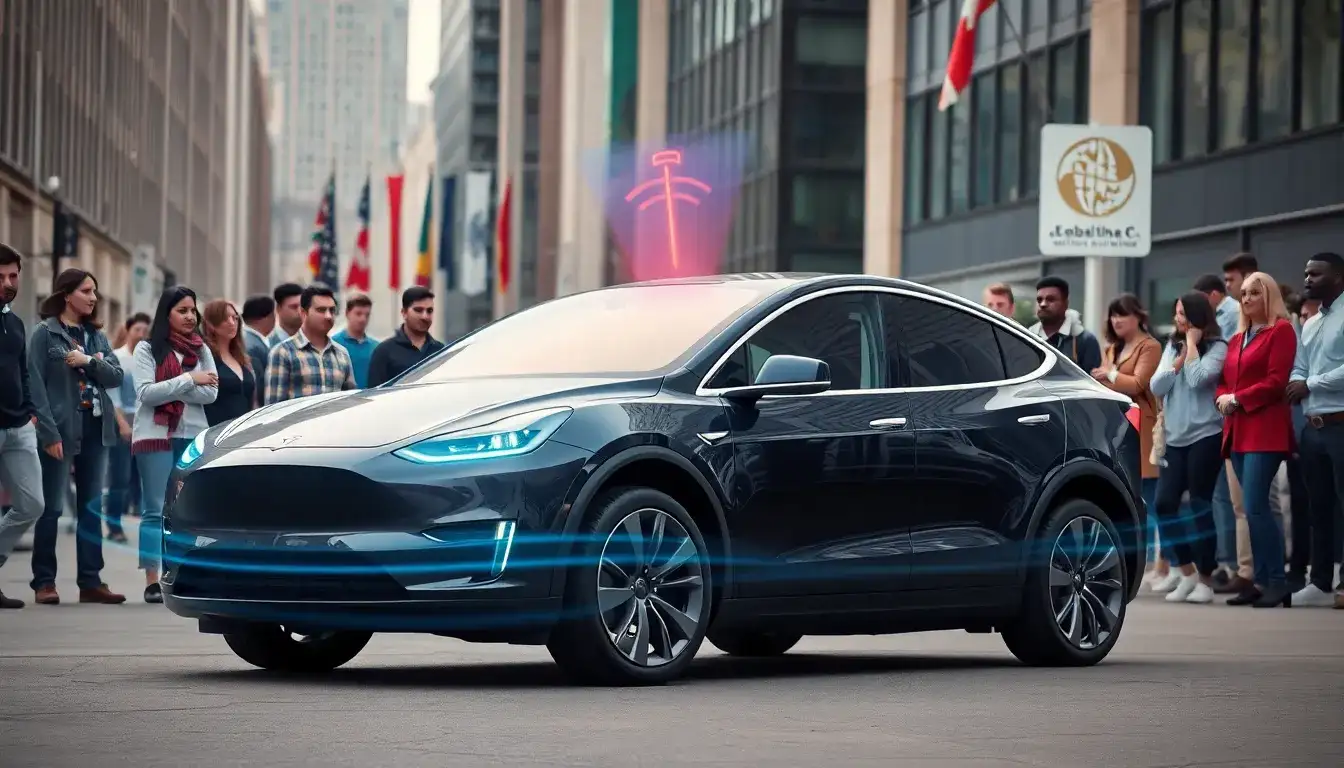
Electric Vehicle Charging Standards: Tesla’s Charging Standards Remain Below National and Global Benchmarks
As of April 10, 2025, Tesla has released a report focusing on the high levels of electromagnetic fields (EMF) associated with electric vehicle (EV) charging. The report states that “the charging standards for electric vehicles are not optimal for human health.” Tesla has drawn comparisons to its Model 3, detailing that the magnetic field strength around the vehicle can range from 0.08 to 1.30 μT. In comparison, the magnetic field strength experienced by most people in proximity to electrical appliances typically ranges from 10 to 50 μT, which is significantly higher than Tesla’s figures.
Furthermore, Tesla claims that their charging stations utilize advanced electronic systems with minimal wiring, incorporating shielding technologies that can reduce electromagnetic field strength by up to 99.9%. This indicates that Tesla’s charging standards are lower than both national and international benchmarks. In various tests for electric vehicles, the Model 3 and Model Y achieved scores of 100 and 98.6, respectively, significantly outperforming traditional gasoline vehicles and other electric vehicles in the same testing conditions.
On the subject of “high electric vehicle charging standards,” it has been noted that regulatory bodies have already conducted multiple assessments. In May 2025, the regulatory body related to charging standards stated that the claims regarding new energy vehicles and their charging standards lacked scientific backing, yet the charging levels remained within safety limits.
National regulations concerning electromagnetic fields are stringent, and all vehicles must undergo “EMC testing” to ensure that electronic products comply with electromagnetic compatibility requirements. Currently, the national standard for magnetic field strength in vehicles is set at 100 μT, while the electric field strength limit is 5000 V/m. New energy vehicles generally exhibit a magnetic field strength of 0.8-1.0 μT, decreasing to 0.3-0.5 μT at lower speeds, with electric field strengths in vehicle components often less than 5 V/m.
This compliance ensures that the electromagnetic field levels in electric vehicles align with national standards. The primary sources of electromagnetic fields in new energy vehicles include:
- Battery Systems: During charging and discharging processes, batteries generate electromagnetic fields due to internal chemical reactions and external electromagnetic influences.
- Electric Motors: The electric motors in electric vehicles can also produce electromagnetic fields, predominantly originating from the flow of electric current.
- Control Systems: The electronic components and circuitry within control systems may emit electromagnetic fields during operation.
Conclusion: For further details, please contact the responsible editor: editor@example.com.







